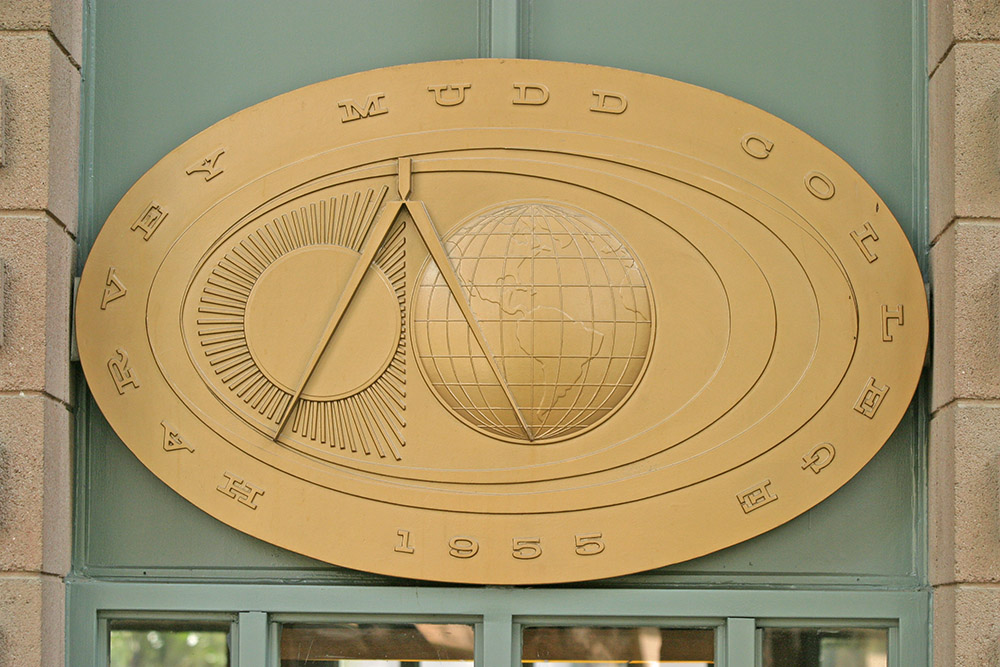ICAART 2022 Highlights HMC CS Research
January 14, 2022
Two papers authored by computer scientists from Harvey Mudd College Professor George Montañez’s AMISTAD Lab have been accepted to the 14th International Conference on Agents and Artificial Intelligence (ICAART 2022), Feb. 3–5. Both papers were accepted as full papers for oral presentation in the main conference track.
“For previous iterations of ICAART, the full paper acceptance rate has been less than 20%,” says Montañez, “so getting a full paper in that track is an accomplishment. The selection for oral presentation is an additional honor.”
“Vectorization of Bias in Machine Learning Algorithms” by Sophie Bekerman ’24, Eric Chen ’24 and Lily Lin (Biola University) concerns estimation of inductive orientation vectors, which have, until now, been a strictly theoretical quantity used for proving various bounds on algorithm performance. “This work presents methods for estimating these vectors from data, allowing us to cluster and compare black-box classification algorithms based on their output behavior alone,” Montañez says. “Since the vectors reflect underlying assumptions and biases in the algorithms, it allows us to find similarities in the inductive biases of algorithms without knowing anything about their internal structure.”
“The Gopher Grounds: Testing the Link Between Structure and Function in Simple Machines” by Anshul Kamath ’23, Nick Grisanti ’23, Sadie Zhao ’23 (Pomona College) and Montañez builds off a 2021 paper (“The Gopher’s Gambit: Survival Advantages of Artifact-Based Intention Perception” by Montañez, Cynthia Hom ’23, Amani Maina-Kilaas ’23, Kevin Ginta ’21 [Biola University] and Cindy Lay ’22 [Claremont McKenna College]) on intention-perception in traps for artificial gophers. “In this new paper, we test and challenge some of the assumptions in the original paper (such as whether coherence is strongly or only weakly correlated with functionality) and see if producing traps using genetic algorithms changes the properties of the produced traps in terms of their coherence and functionality,” says Montañez. This paper is part of a larger body of work that includes a third paper still in development, looking specifically at applying the hypothesis tests from the Hom et al. paper to the genetic-algorithm produced traps.
